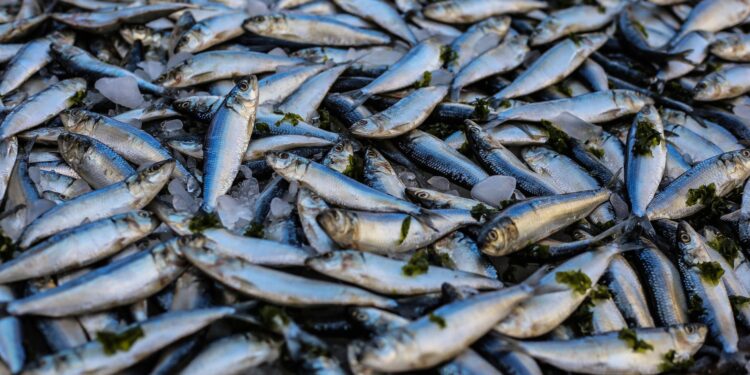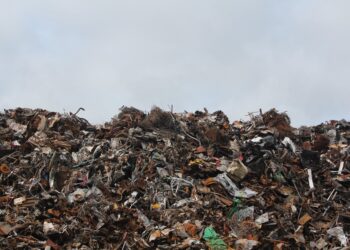The second half of the 20th century brought to light an often-dismissed issue: the imminent depletion of fish. The world’s ever-growing population means greater quantities of food are needed, and marine wildlife has historically been an important source of food. However, this has led to indiscriminate fishing throughout the oceans, implying an inversely proportional correlation between the depletion of marine wildlife and the increasing population. Indiscriminate fishing has usually been done without care for ecosystems, flora and fauna, distorting the careful balance kept by nature. The lack of food is a demanding topic, but the conservation of our fish without causing further harm to our environment is even more so.
First of all, there is no overarching body responsible for collecting data on fisheries. The majority of data utilized by researchers is reported by the people and companies doing the fishing, although some independent sampling is done as well. This data is somewhat unreliable for a variety of reasons. Fishers could have an incentive to underreport catch, so as to make their impact on an ecosystem seem smaller. They could also overreport to make the fish population seem larger. This makes fishery ecology much more difficult than its land-based counterparts, because the size of the population in even a small area cannot be definitely counted or even seen.
The most worldwide renowned body for this issue is the The Food and Agriculture Organization (FAO) of the United Nations, which publishes a report every two years known as the State of World Fisheries and Aquaculture (SOFIA). The report divides world fisheries into 6 main categories: (1) underexploited, meaning “undeveloped or new fishery. Believed to have a significant potential for expansion in total production,”; (2) moderately exploited, meaning “exploited with a low level of fishing effort. Believed to have some limited potential for an expansion in total production,”; (3) fully exploited, meaning “the fishery is operating at or close to an optimal yield level, with no expected room for further expansion,”; (4) overexploited,
meaning “the fishery is being exploited at above a level which is believed to be sustainable in the long term, with no potential room for further expansion and a higher risk of stock depletion/
collapse,”; (5) depleted, meaning “catches are well below historical levels, irrespective of the amount of fishing effort exerted. There is also a sixth level known as “recovering,” which describes areas that were once depleted but currently show growth in fish populations. According to the 2020 SOFIA report, 34.2% of fisheries fall into the overexploited category.
How we catch is just as important as how much we catch. The equipment used to harvest fish has become more advanced, allowing fish to be collected en masse t(rawling, longline fishing, etc.) This also makes fishing more profitable, since fewer workers and boats are needed to catch fish, making the industry more appealing for large investors. The problem in many cases is that modern industrialized fishing techniques do not target one particular species. For instance, shrimp fishers use a technique called trawling, which means dragging a large net behind a boat. Eighty to ninety percent of what a typical shrimp boat catches is not shrimp; these other marine biota caught “unintentionally” are thrown back into the ocean, but have usually already died or sustained injuries that will kill them in the near future.
Climate change and the accompanying problem of ocean acidification caused by increased levels of carbon dioxide in the ocean have likely made it more difficult for fish populations to survive. An excellent yet unfortunate example is Peruvian anchoveta fishery. Once the world’s largest fishery, a combination of overfishing and climate factors have led to a cycle of depletion and growth that makes the livelihood of fishers and industries that rely on the fishery highly unstable. The El Niño cycle, which shifts wind and current patterns in such a way that increases temperatures and decreases the upwelling of nutrients off the coast of Peru, causes anchovy populations to drop off dramatically. If combined with excessive fishing pressure, however, the depleting effect is even more pronounced.
It may seem as though extinction from overfishing would be unlikely given that fish would become so rare as to be unprofitable to catch before they would go extinct. It is important to remember that a population can only sustain itself if individuals are abundant enough to find one another for reproduction in significant numbers. Overfishing can also cause ecological shifts that can lead to extinction; if predator-prey relationships and ecosystem functioning shifts to compensate for the depletion of a species, it can be difficult to reintegrate into the system for recovery.
With no specialized overarching body to oversee activities, we’re left with a myriad of questions regarding the sustainability of our world’s fisheries (excluding in-land fisheries and aquaculture): Who should determine target catch levels? How will those levels be determined? How will they be measured and monitored? What regulatory mechanism should be used to ensure sustainable usage of our fisheries? For now, we can only applaud private efforts, NGO’s, and partnerships such as the Sustainable Fisheries Partnership (SFP). Regardless, we hope to see national policies changing in order to achieve a long-lasting and healthy ocean life.












